People constantly ask me what I shoot with and what they should take along on a cruise. I am currently shooting a Fuji X-Pro 2 with a selection of smallish lenses. I sold off my Canon 5D and associated lenses as they were just more bulk and weight than I wanted to carry on my shoulder. Another option these days are 4/3 cameras which are also light and easy to carry.
If you are thinking you want to go beyond your point and shoot or cellphone camera, there are a number of great resources out there to help you make that choice. One very good one is Jenn Miller's "How to Choose a DSLR According to Science". It is not a long read but covers everything you should consider if you are going to plump for a new camera. If you choose a new camera to take on a cruise, PLEASE buy it months ahead of time to learn how everything works. No need to return from the "once in a lifetime trip" with poor or non-existent images!
"How To Choose a DSLR" can be found here.
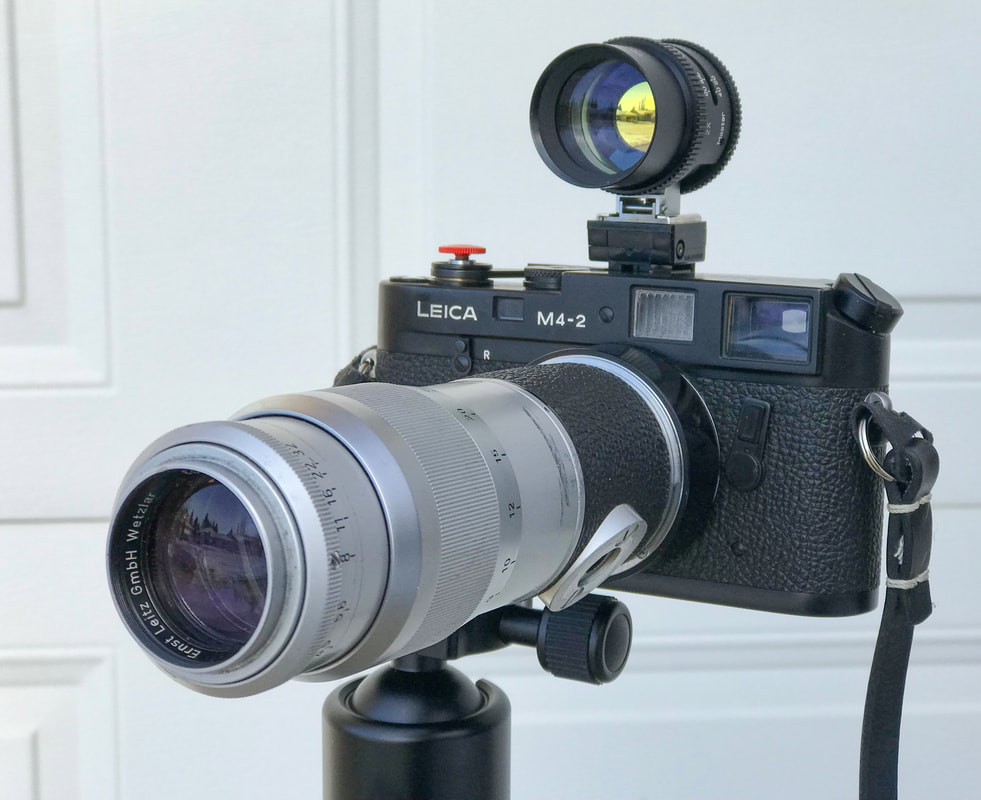

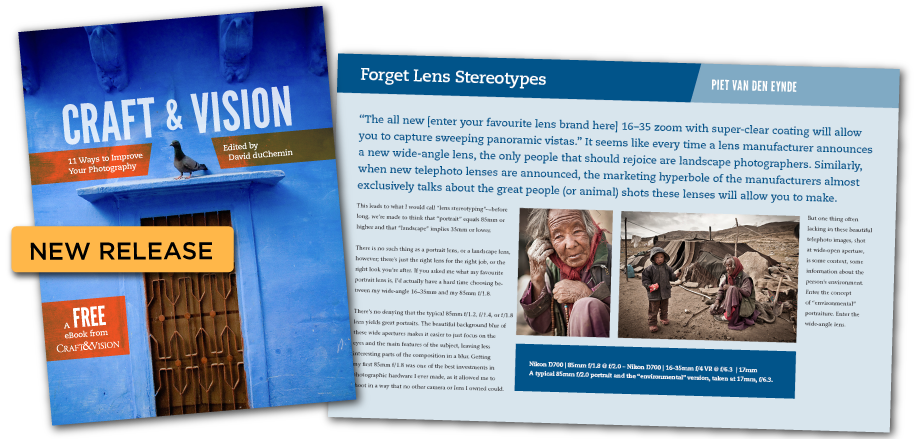
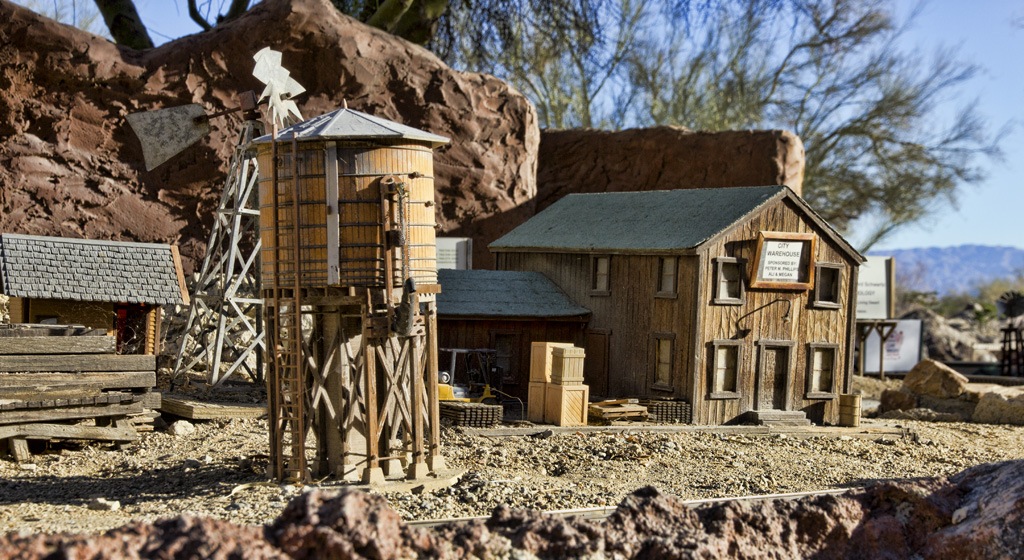
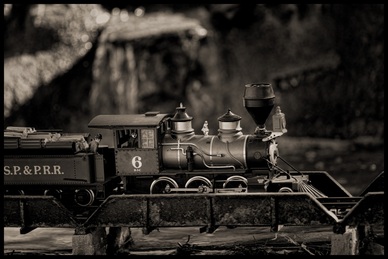

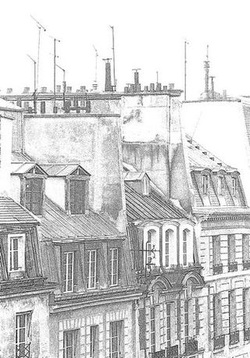



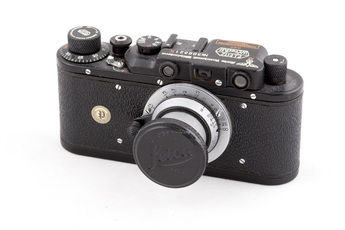
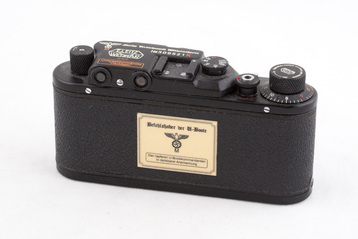



 RSS Feed
RSS Feed
